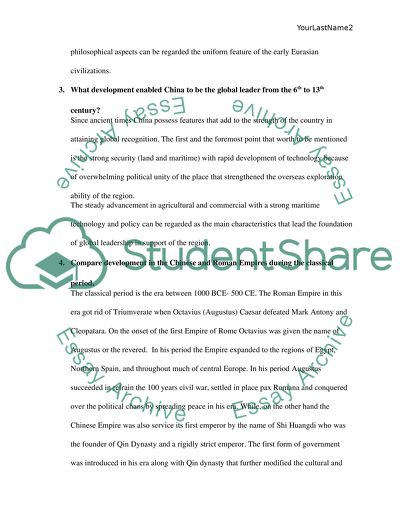Cite this document
(“What are important factors accounting for early human mobility Essay”, n.d.)
Retrieved from https://studentshare.org/history/1439898-what-are-important-factors-accounting-for-early-human-mobility
Retrieved from https://studentshare.org/history/1439898-what-are-important-factors-accounting-for-early-human-mobility
(What Are Important Factors Accounting for Early Human Mobility Essay)
https://studentshare.org/history/1439898-what-are-important-factors-accounting-for-early-human-mobility.
https://studentshare.org/history/1439898-what-are-important-factors-accounting-for-early-human-mobility.
“What Are Important Factors Accounting for Early Human Mobility Essay”, n.d. https://studentshare.org/history/1439898-what-are-important-factors-accounting-for-early-human-mobility.


